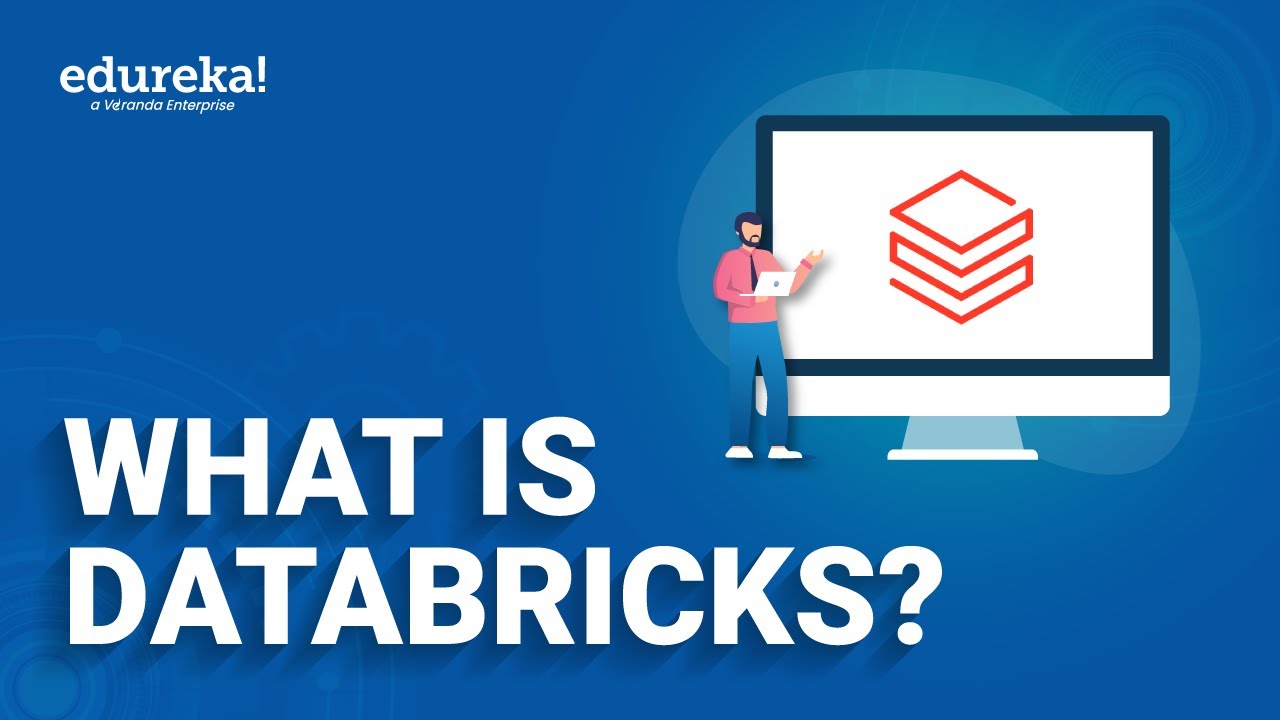A Demo of the Skills Base Platform
Summary
TLDRThe video script demonstrates the Skillsbase platform, showcasing its capabilities in skill assessment and reporting. It highlights the Heat Matrix for visualizing staff skills, Peoplefinder for talent identification, and the Skills Directory for organizing skill libraries. The script guides through setting up skills, assigning them to roles, and establishing proficiency targets. It also covers self- and supervisor assessments, training modules for skill development, and career insights for individual growth. The platform offers various reports like the Capability Matrix and customizable reports via the Report Builder, aiming to empower organizations with detailed insights into their workforce's skills and qualifications.
Takeaways
- 😀 Skillsbase is a platform designed for skill assessments and reporting within an organization.
- 📊 The Heat Matrix report provides a visual representation of staff skills, highlighting areas of strength (green) and weakness (red).
- 🔎 Peoplefinder is a tool for identifying individuals with specific skill sets and uncovering hidden talents within the organization.
- 🛠️ Skills can be organized and managed in the Skills Directory, with the ability to add new skills and categories.
- 📋 Skills can be assigned to individuals, teams, or roles, with the most common approach being role-based assignments.
- 🎯 Skill targets can be set to define proficiency levels that staff members should aim to achieve.
- 👤 The People Directory allows for managing staff profiles, including adding and editing staff information.
- 📝 Two types of assessments are available: self-assessments by staff members and supervisor assessments by managers.
- 📚 The Training Module helps staff address skill gaps by assigning relevant training materials based on skill assessments.
- 💼 The Careers Module provides insights into how staff members' skills align with different roles within the organization, aiding career progression.
- 📈 Reporting tools like the Capability Matrix, Report Builder, and Skill Gap Analysis help organizations understand and address skill deficiencies across different groups.
Q & A
What is the purpose of the Skillsbase platform?
-The Skillsbase platform is designed to manage and assess the skills of an organization's staff, providing insights through various reports and helping to identify skill gaps and areas for targeted assistance.
What is a heat matrix in Skillsbase?
-A heat matrix is a visual report in Skillsbase that allows an organization to assess the skills of a group of staff members at once, with skills ranked highly in green and those ranked poorly in red.
How can the Peoplefinder report assist an organization?
-The Peoplefinder report helps organizations find the right person for a job by matching specific skill sets and proficiency levels, and it can also uncover hidden talents within the organization.
What is the Skills Directory in Skillsbase?
-The Skills Directory is where organizations input and organize their skill library, categorizing and managing the skills that are important for their staff.
How can Skillsbase handle bulk data entry for skills and people?
-Skillsbase can bulk import data through Excel spreadsheets filled out by the organization. The organization provides the data, Skillsbase checks the formatting, and then runs the import to quickly get the system up and running.
What is a skill target in Skillsbase?
-A skill target in Skillsbase is a proficiency level that an organization wants its staff members to achieve in a particular skill, allowing them to set and track proficiency goals.
How does Skillsbase handle staff assessments?
-Skillsbase offers two types of assessments: self-assessments, where staff members rate their own skills, and supervisor assessments, where managers rate the skills of their staff.
What is the purpose of the Training Module in Skillsbase?
-The Training Module in Skillsbase helps staff close skill gaps by assigning relevant training materials to specific skills and skill levels, providing personalized and up-to-date training recommendations.
What insights does the Career Insights Module provide?
-The Career Insights Module shows how staff members' skills align with various roles and teams within the organization, helping them understand their readiness for different positions and identify areas for skill development.
What is the Capability Matrix report used for?
-The Capability Matrix report helps organizations understand the depth of talent at their workplace by showing the distribution of skill proficiency levels among staff members for specific skills.
How flexible is the Report Builder in Skillsbase?
-The Report Builder in Skillsbase is a flexible tool that allows users to create custom table-based reports by dragging and dropping desired fields, providing a tailored view of the data.
What does the Skills Gap Analysis report show?
-The Skills Gap Analysis report displays the skills assigned to a group of staff members, the number of staff members with targets for each skill, the average skill level, how close they are to hitting their targets, and the percentage of staff who have met their targets.
Outlines

This section is available to paid users only. Please upgrade to access this part.
Upgrade NowMindmap

This section is available to paid users only. Please upgrade to access this part.
Upgrade NowKeywords

This section is available to paid users only. Please upgrade to access this part.
Upgrade NowHighlights

This section is available to paid users only. Please upgrade to access this part.
Upgrade NowTranscripts

This section is available to paid users only. Please upgrade to access this part.
Upgrade NowBrowse More Related Video

What is Databricks? | Introduction to Databricks | Edureka

Cymulate's Security Validation Platform in 3 Minutes

免费的 GPT-4 Turbo 香不香?Coze 扣子海外版、中文版双发,深度评测 + 手把手教程 | 回到Axton

Roleplay SKP 2 - Peningkatan Komunikasi Efektif [Kelompok 2 | AJ1 | B26 | Universitas Airlangga]

Leverage Microsoft Project for the web with the Project Accelerator

Advanced Risk Assessment Setup
5.0 / 5 (0 votes)